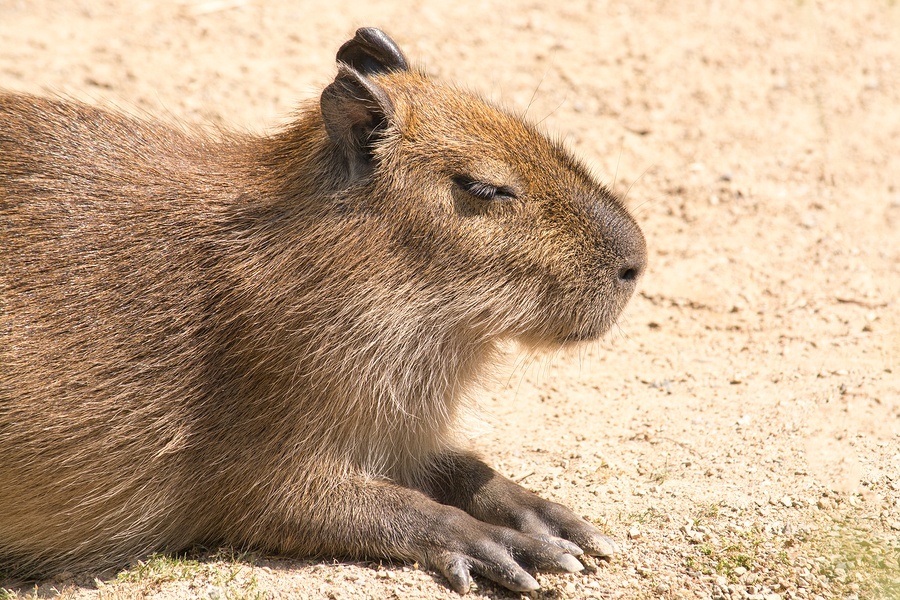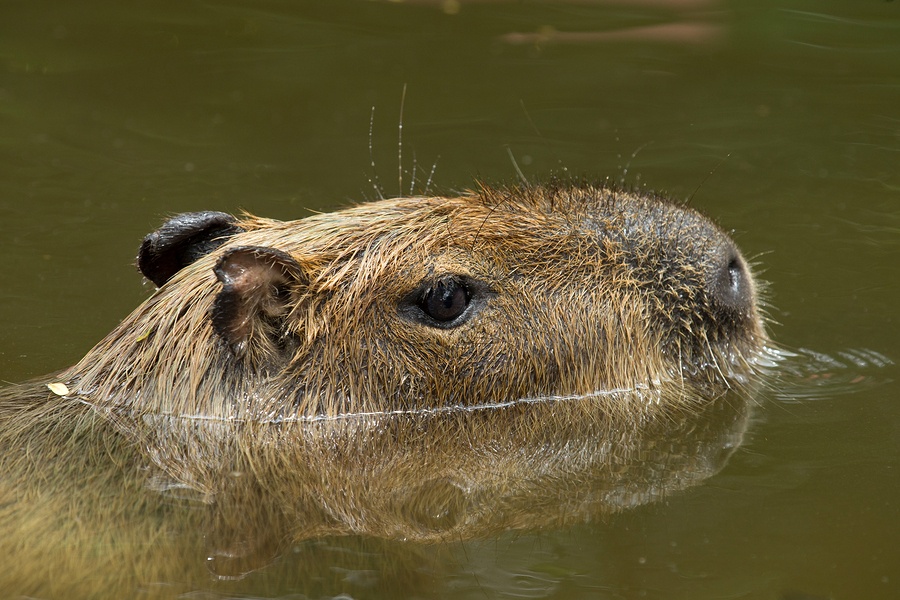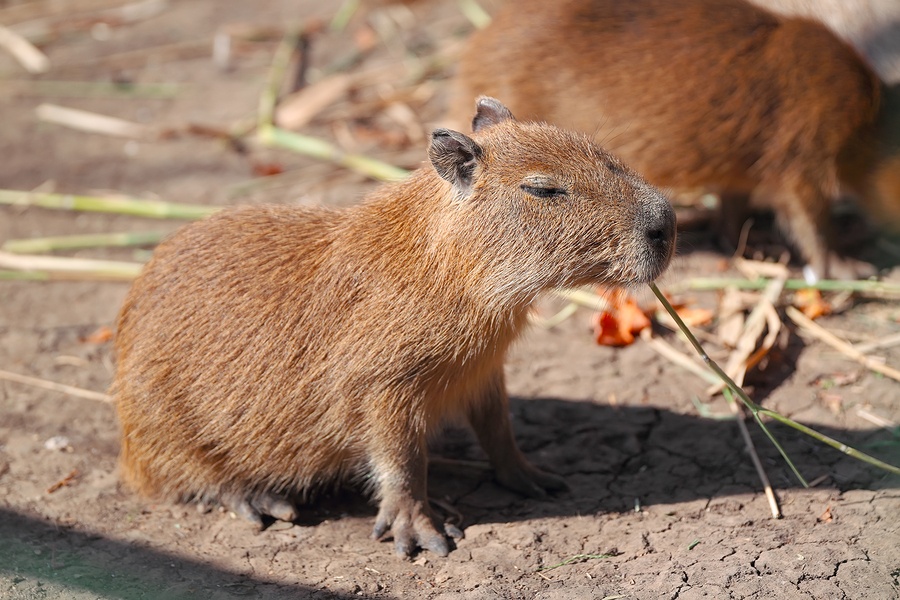Due to their high level of intelligence, a capybara can learn almost anything from a patient owner with an understanding of how to train an animal. These creatures certainly can assimilate what is and is not acceptable behavior.
If they do not receive gentle correction and consistent discipline, a capybara with “inside” privileges will chew the carpet, gnaw the table legs, yank down the curtains, and come up with a whole host of equally creative and destructive “projects.”
They are remarkably anxious to please, however, so discipline really need be little more than obvious verbal disapproval.
If this is countered with loving praise for things done well or correctly, a capybara can acquire good “manners” rather quickly. This does not change the fact, however, that they do ultimately grow too large to be exclusively indoor pets.
Try to think of all communication with a capybara as a two-way street. They have a complex communication system within their groups built on vocalizations and body language.
When you become part of their “group” in captivity, a capybara will give as much information as they receive, asking for things they want or enjoy.
In teaching a capybara to do anything, consistent, patient repetition is best. They will respond to whistles, verbal directives, and treats.
They easily learn their names, and will perform various dog-like actions to get food including “twirling,” and standing on their hind legs.
House Training
There are many owner stories online about house training capybaras complete with photographs. There’s more than enough evidence of success in this arena to silence even the worst naysayer.
When you show one of these animals what to do, and are consistent with your instruction, they are typically quite happy to accommodate you.
It also does not hurt that they are, by nature, very clean and prefer not to soil their habitat, which is excellent if they’re living in the house with you!
Having a housebroken capybara works best, however, only when the animal is still small enough to practically live inside. As your capybara grows, it really does need to take its “business” outside.
Since some capybaras will only defecate in water, the growing scope of the potential problems should be readily apparent.
Owners can opt to offer their pets both wet and dry litter trays, but if the capybara wants to be in the water, you automatically have problems.
You’re talking about an animal that will weigh 77-146 lbs. (35-66 kg). A “pan” of water may actually be more like a “tub,” which means splashing, potential water damage to your home, and difficult clean-up and maintenance for the owner.
Again, just because the capybara can be taught to do something does not mean the doing of it is actually practical in the greater scheme of husbandry.
Ultimately, if you have a capybara, you will have to have outside space to keep the animal. This is not an apartment pet!






 Author and long-time animal lover. Sharing knowledge on pet care through experience and the written word.
Author and long-time animal lover. Sharing knowledge on pet care through experience and the written word.